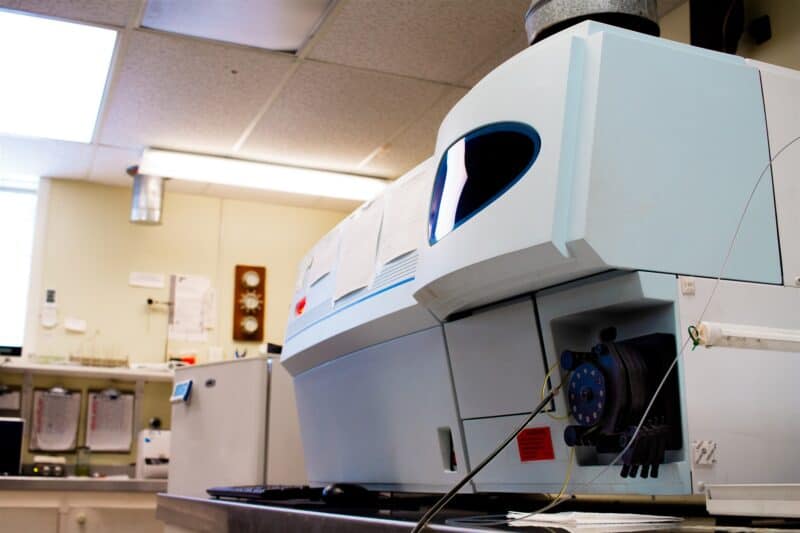About Oil Analysis
Oil analysis is a quick, easy way to gauge the health of an engine (or any oil system) by looking at what’s in the oil.
Established in in 1985, Blackstone Laboratories provides an easy-to-use, understandable, fast, and accurate oil analysis program.
At the heart of our program is ICP (inductive coupled plasma) spectrometry, database averages for comparing wear, and a comments section on each report that explains — in plain English! — what your results mean.
Use our free oil analysis kit to find engine problems, determine the oil’s condition, and more!
Getting Started
Getting started with oil analysis is a snap.
- 1
- 2
- 3
- 4
- 5
- 6




